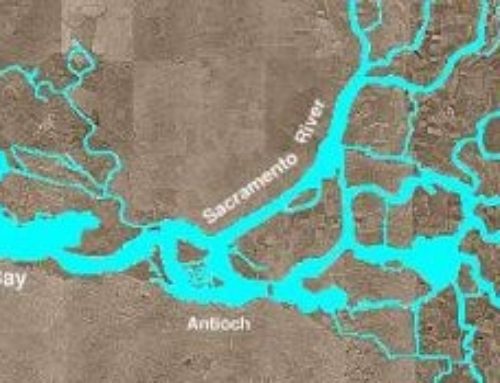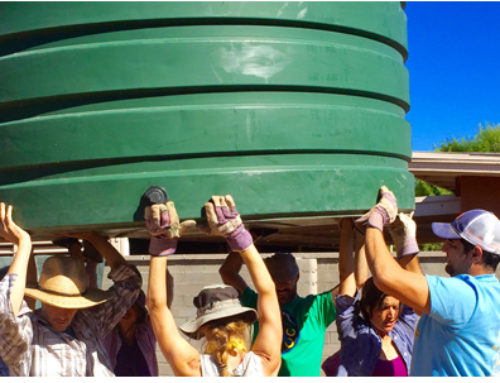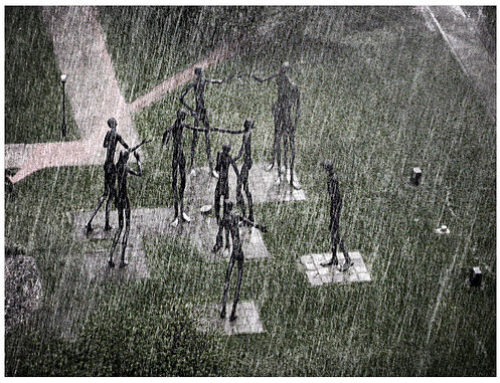-
How we manage the Bay Delta impacts agricltural production and the water supply for 25 million people in CA. Of course, managing a resource of this magnitude draws strong opinions. Please continue to be informed on the progress in creating sustainable management of of the largest estuary on the coasts of both North and South America!
The Sacramento-San Joaquin River Delta is Facing a Murky Future
By John Upton
California is using more water every year than nature provides — and the annual supply of rainwater and snowmelt is growing more erratic. Conservation efforts may not save all the native species in the delta from extinction. And no plan to prepare for catastrophic levee failure or other emergencies in the delta has been published.
These chilling facts are widely known and accepted by many water officials and activists. But they were clearly spelled out for the public Tuesday in a historic draft Delta Plan published by the Bay Stewardship Council, a young California agency charged with creating regulations covering the delta.
The delta is a spectacular waterway stretching from the Sierra Nevada mountains and the Central Valley to San Francisco Bay. It has been modified heavily and unsustainably to feed the state’s agricultural lands and provide water for 25 million people.
The council is required by law to finalize the Delta Plan by the end of this year. Enforcement of new regulations, which will be proposed in subsequent drafts of the plan, could begin next year. They might force agricultural companies and farmers to cut back on water use while paving the way for construction of a controversial canal that would divert water around parts of the delta.
“Just about every stakeholder will find something to like and something to be very nervous about from the council,” said Assemblyman Jared Huffman, a Democrat from San Rafael whose 2009 legislation led to the creation of the council.
Huffman praised the agency for publishing hard truths about the sick state of the delta, which supports a diverse range of plants, fish, birds and other wildlife including endangered delta smelt, steelhead and Chinook salmon.
More than 200 government agencies currently oversee the delta in a piecemeal fashion, according to Huffman.
“The whole point of this was to create an independent governing entity that would come up with a comprehensive plan,” Huffman said. “We need to break through some of the paralysis and poor planning and politics of delta policy.”
But activists challenged some of the findings published in the draft report Tuesday.
Jeff Miller, a conservation advocate with the Center for Biological Diversity, said the council is “peddling a sham” restoration plan that will allow agribusinesses to continue drawing unsustainable amounts of water out of the system.
“The plan’s assertion that even with substantial ecosystem restoration efforts, some native species may not survive is a shameful attempt to justify the deliberate destruction of our native fisheries and the salmon industry,” Miller said.
A previous effort to form a comprehensive planning document for the waterway, the CALFED Bay Delta Program, failed in part because of a lack of funding, according to Clean Water Action activist Jennifer Clary.
The Bay Stewardship Council hasn’t “done anything yet on governance or financing, which are the two most difficult pieces,” Clary said.
Meanwhile, the U.S. Environmental Protection Agency is working on its own plan to save the delta and may impose separate regulations on governments, farmers and businesses.
http://www.baycitizen.org/water/story/draft-plan-delta-bleak-picture/






